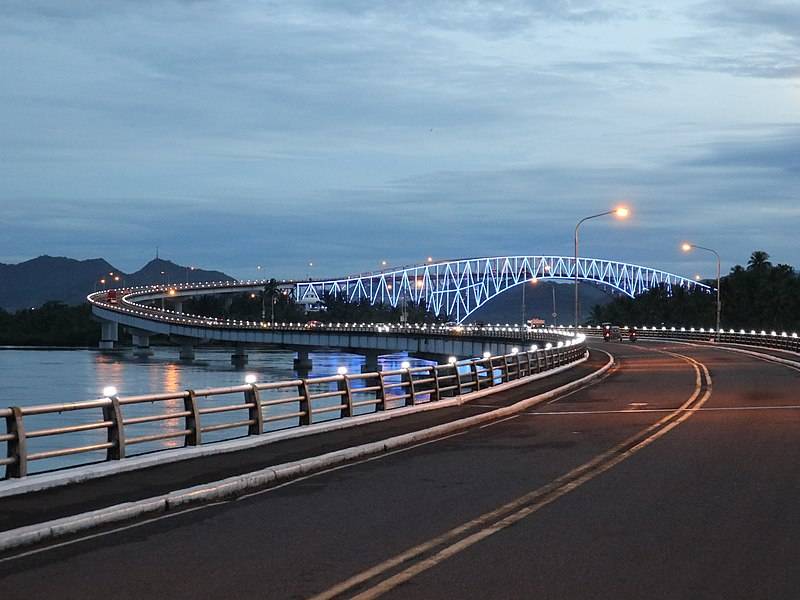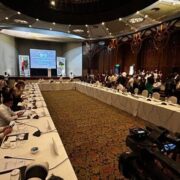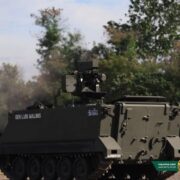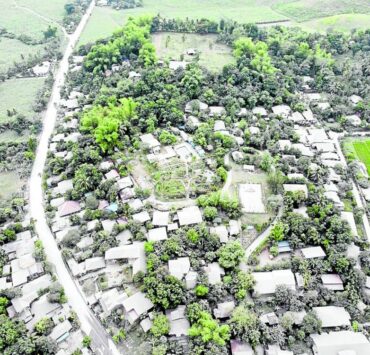Weight limit set as San Juanico Bridge undergoes repair

TACLOBAN CITY—The Department of Public Works and Highways in Eastern Visayas (DPWH-8) has imposed a strict temporary weight limit on vehicles crossing the iconic San Juanico Bridge starting Thursday, May 14, as it prepares for major repairs expected to last up to two years.
Only vehicles with a gross weight of less than three metric tons, such as motorcycles and small cars, are allowed to pass the bridge, which connects the islands of Leyte and Samar.
These lighter vehicles are required to travel along the bridge’s centerline to minimize stress on its deteriorating outer girders.
Engineer Margarita Junia, DPWH-8 assistant regional director, said the restriction was prompted by alarming findings from a structural assessment conducted by a DPWH-hired consultant.
“All 42 spans of the bridge need major repairs. The steel components are corroding, and the bridge no longer meets standard road load capacity,” Junia said.
“A memorandum from (DPWH) Secretary Manuel Bonoan was issued on May 9 directing the immediate implementation of the weight restriction due to the bridge’s significant deterioration,” she added.
Long wait
Constructed 53 years ago during the administration of the late President Ferdinand Marcos Sr. as a gift to First Lady Imelda Marcos, the 2.16-kilometer San Juanico Bridge is a vital link between the Samar and Leyte islands and a key segment of the Maharlika Highway, connecting Eastern Visayas to the rest of the country.
Hours after the restriction was implemented, long lines of trucks and buses were seen on both sides of the bridge, with many passengers forced to disembark and walk.
To ease traffic, DPWH deployed six shuttle vehicles while Tacloban City Mayor Alfred Romualdez also provided additional transport assistance for stranded passengers.
To speed up movement of heavier cargo and perishable goods, barges began operating on Saturday, bypassing the bridge. They would load from the Basey port on the Samar side and unload at the Tacloban City port in Leyte.
Other operational ports include Catbalogan and Calbayog, both in Samar; Ormoc, Hilongos, Palompon, Calubian, Villaba, all in Leyte; Naval, Biliran; and Maasin City, Southern Leyte.
The bridge rehabilitation will require an estimated P900 million that the DPWH aims to complete within 24 months.
Economic implications
Wilson Uy, regional president of the Philippine Chinese Chamber of Commerce and Industry, warned of the serious economic implications because of the load limits on the bridge.
“Restricting heavy trucks from using the bridge will significantly increase transportation costs which will be passed on to consumers through higher prices of basic goods. Businesses, too, will face operational strain,” he said.
Uy stressed the ripple effect on logistics, supply chains, and regional trade with truckers forced to take longer and more expensive alternative routes.
“The national government and DPWH must explore engineering solutions or alternative infrastructure support that can ensure the bridge’s integrity without compromising the region’s economy. Let’s protect both lives and livelihoods,” he said.
Uy urged authorities to begin the repair work immediately and efficiently, warning that delays would exacerbate the economic burden on Eastern Visayas.
“The longer the restriction continues without visible rehabilitation, the heavier the toll on commerce and daily life across Region 8 and beyond. We cannot afford a prolonged bottleneck in this vital Visayas corridor,” he said.

















